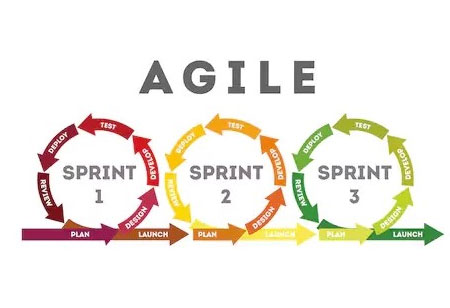THANK YOU FOR SUBSCRIBING
Learn How to Create an Agile Environment
Digital transformation should be represented in terms of milestones that are set to release incrementally.

By
Apac CIOOutlook | Thursday, June 13, 2019
Stay ahead of the industry with exclusive feature stories on the top companies, expert insights and the latest news delivered straight to your inbox. Subscribe today.
FREMONT, CA: Agility is considered the most critical factor for digital transformation, mainly when financial services are discussed. But what does agility mean for the businesses? There are numerous elements required to ensure an agile work environment, such as size, shape, culture, governance, and others. Everything needs to be in line with the vision of a company. Here are the critical factors that must be considered to move toward an agile work environment:
Focusing on the Bigger Picture
Digital transformation should be represented in terms of milestones that are set to release incrementally. Understanding the overall structure helps the agile teams to decide precisely upon the steps needed for the desired results. The agile team collaborates with various business units to understand the problems, to brainstorm solutions, and execute them. For instance, an agile team helps a financial firm for its front-to-back digital transformation across customer journeys such as lending and customer onboarding.
Product-Based to Product-Driven Mindset
The concept of agility spans beyond the idea of project delivery. Agility refers to the modern, enterprise-wide thinking that focuses on various factors such as business-driven IT, customer centricity, and outcome-oriented change while extracting business value from each project. Thus an agile approach should encompass the multiple business factors and work to enhance the efficiency of the individual processes.
Translate Agile Digital to Clear Outcomes
Digitalization must drive clear outcomes. Prioritization based on business value fosters an outcome-driven mindset. Shorter and frequent release cycle provides visibility into the project. It allows for incorporating changes that are pivot based on evolving requirements. An agile approach should be open to these considerations to deliver impressive outcomes.
On-Demand DevOps-Based Delivery
Agility should include continuous product development lifecycle that covers product development and delivery. With a combination of shorter release cycles and constant feedback from business, it is possible to deliver high-quality services or products on demand.
Responsible and Continuous Innovation
An agile approach helps enterprises to foster a culture of innovation and experimentation. However, the culture must be relegated across the organization rather than confining it to a team dedicated to innovation and experimentation.





